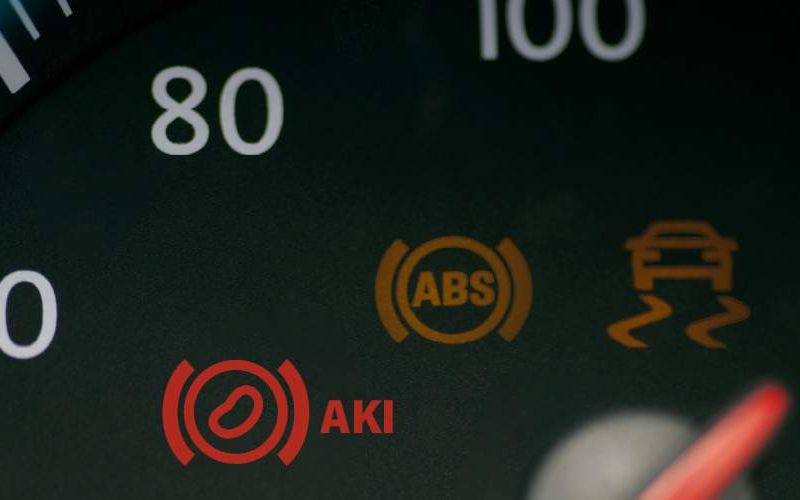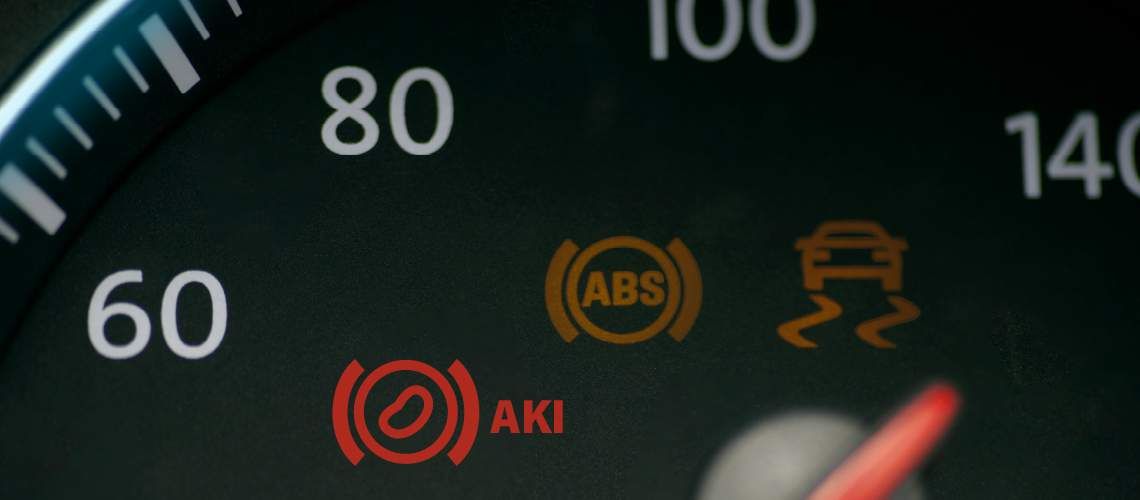

Why Early Detection of Kidney Injury in Pets is Critical
Veterinarians don't often have the opportunity to diagnose kidney disease in patients until after it becomes significantly advanced. Until recently, the thought of diagnosing a patient at the time of kidney injury (KI) seemed nearly impossible. Challenges included the wide range of presentations, from patients with few or no clinical signs to those with severe and even complete loss of function, as well as the inability to identify the injury early and accurately. Yet, this initial detection and aggressive intervention are essential to provide the best prognosis for cats and dogs that experience kidney injury.
Here are five important reasons why early detection of kidney injury is especially critical.
1. Improving Treatment Outcomes
One of the most frustrating parts of being a veterinarian is diagnosing a patient with advanced disease when therapeutic and/or financial limitations contribute to a poor prognosis. In addition, current kidney diagnostics detect functional change which often occurs later in the injury process, delaying potential intervention. However, acute kidney injury (AKI) accounts for approximately one-third of renal cases.6
Identifying kidney injury in its early stages allows for prompt intervention and treatment which can potentially slow down or halt the progression of the disease. Treatment in the very beginning stages of injury also increases the chances of preserving kidney function and helps improve the overall prognosis for the pet.
2. Tailoring Treatment Plans
Causes of kidney injury are typically categorized into prerenal, renal, and postrenal categories. Examples include dehydration, prolonged anesthesia, heatstroke, infectious diseases, trauma, drugs, toxins, urinary obstructions, and even neoplasia. While they can all eventually lead to advanced kidney disease if the cause is not identified and treated or managed, early detection can allow veterinarians to accurately diagnose the underlying cause of kidney injury and tailor a treatment plan accordingly. This may involve dietary modifications, medications, fluid therapy, or other strategies aimed at addressing the specific condition responsible for kidney injury.
3. Minimizing Discomfort and Pain
A critical part of patient health that veterinarians manage is quality of life. When kidney injury occurs, not only can it create a decline in excretory, metabolic, and endocrine function, but it can also cause considerable discomfort in pets including nausea, vomiting, reduced appetite, and abdominal pain. While we tend to manage these signs with broad supportive care, early detection of kidney injury can enable veterinarians to implement appropriate and targeted strategies to improve comfort during treatment.
4. Preventing Further Injury
Until recently, veterinarians only had access to functional kidney markers. Glomerular filtration rate (GFR), while the most accurate method of measuring kidney function, is impractical in general small animal practice. Creatinine, the most commonly used kidney marker, increases with approximately 75% loss of function, and Symmetric dimethylarginine (SDMA) increases with 25-40% loss of function1. What is missing is a marker that can identify acute kidney injury without relying on changes in functional markers that often occurs much later in the injury process.
Our goal is to be proactive in preserving kidney health, and one important aspect of that involves the identification of kidney injury when it may be reversible if detected and addressed. Cystatin B, an intracellular protein released from renal tubular epithelial cells when injured or destroyed, is the newest biomarker that can provide us with the opportunity to detect injury without any changes in creatinine or SDMA.43 The latter two markers elevate in the maintenance phase of kidney injury when much of the injury to the kidney has already happened.42 Early detection with cystatin B and timely intervention can help prevent further damage and potentially preserve normal or baseline kidney function. In contrast, if kidney injury is left undetected, it can progress to chronic kidney disease which is irreversible and requires lifelong management.
5. Monitoring Overall Health
As generalists, one of the areas veterinarians shine in is having a holistic view of our patients and thinking about how all the organ systems interact for best overall health. As essential organs, the kidneys play a vital role in filtering waste products, maintaining fluid balance, regulating blood pressure, and producing hormones. Early detection of kidney injury provides an opportunity to monitor the pet's overall health and detect any underlying systemic issues that may be contributing to the kidney injury. Cystatin B is the only diagnostic currently available to detect active kidney injury to trigger early and aggressive intervention.
Overall, initial detection of kidney injury in pets is essential for preserving kidney function, minimizing discomfort, preventing further injury, and improving treatment outcomes. Regular veterinary check-ups, routine blood and urine tests, and awareness of signs and symptoms of kidney injury are vital for early identification and intervention.
References: https://www.thevetiverse.com/en/latest/sdma-references/







